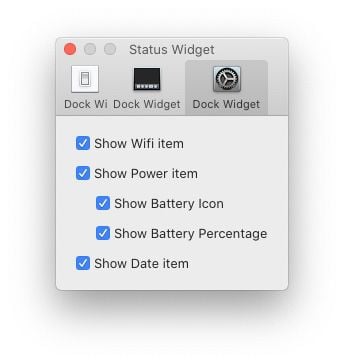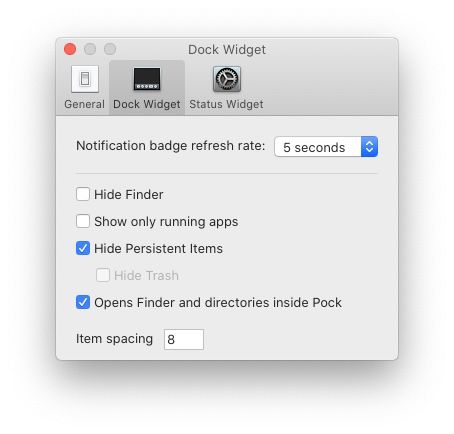

If you want to take over its space on the right side of the Touch Bar for other buttons, deselect the checkbox. The Press Fn Key To menu basically gives you a second choice-press that key, and you can display whatever set of buttons you’d find next most useful.įinally, notice that there’s a checkbox for Show Control Strip. That’s probably either App Controls or F-keys for most people, unless you do a lot of your own automation (choose Quick Actions) or regularly use full-screen apps (choose Spaces). In the Touch Bar Shows pop-up menu, you should choose the set of Touch Bar buttons that you’ll find the most useful most of the time.

This option is the most generally useful, though how much so depends on whether the apps you use support the Touch Bar in helpful ways. App Controls: The controls that appear when you choose this option vary by app.You have two choices here, what appears in the Touch Bar normally, and how it changes if you press the Fn key in the lower-left corner of the keyboard. Logical, but perhaps not where you might have looked first if you were thinking of the Touch Bar as an extension of the trackpad. You may never have noticed the Touch Bar’s settings because Apple has hidden them in the Keyboard pane of System Preferences. (Plus, although we’re not going into those details here, Apple is making the Touch Bar even more useful and customizable in macOS 11 Big Sur.) Choose What the Touch Bar Shows Nevertheless, it provides useful shortcuts in many apps, and you can customize it more to your liking. As a result, developers haven’t been as enthusiastic about supporting the Touch Bar as they might have been. Since its launch, however, the Touch Bar hasn’t migrated to any other Macs or keyboards, although the MacBook Air picked up a Touch ID sensor without the rest of the Touch Bar. Finally, it includes the Touch ID sensor that brings fingerprint authentication to the Mac.

By default, it changes depending on which app you’re in, and it also displays the Control Strip, a collection of controls that roughly mimics the functions accessible from the F-keys that traditionally live in that position. It’s a long, thin display above the number keys on the keyboard that shows a variety of buttons and controls. In 2016, Apple introduced the Touch Bar with the MacBook Pro.


 0 kommentar(er)
0 kommentar(er)
